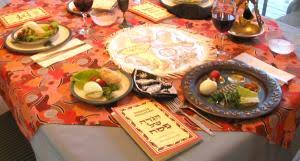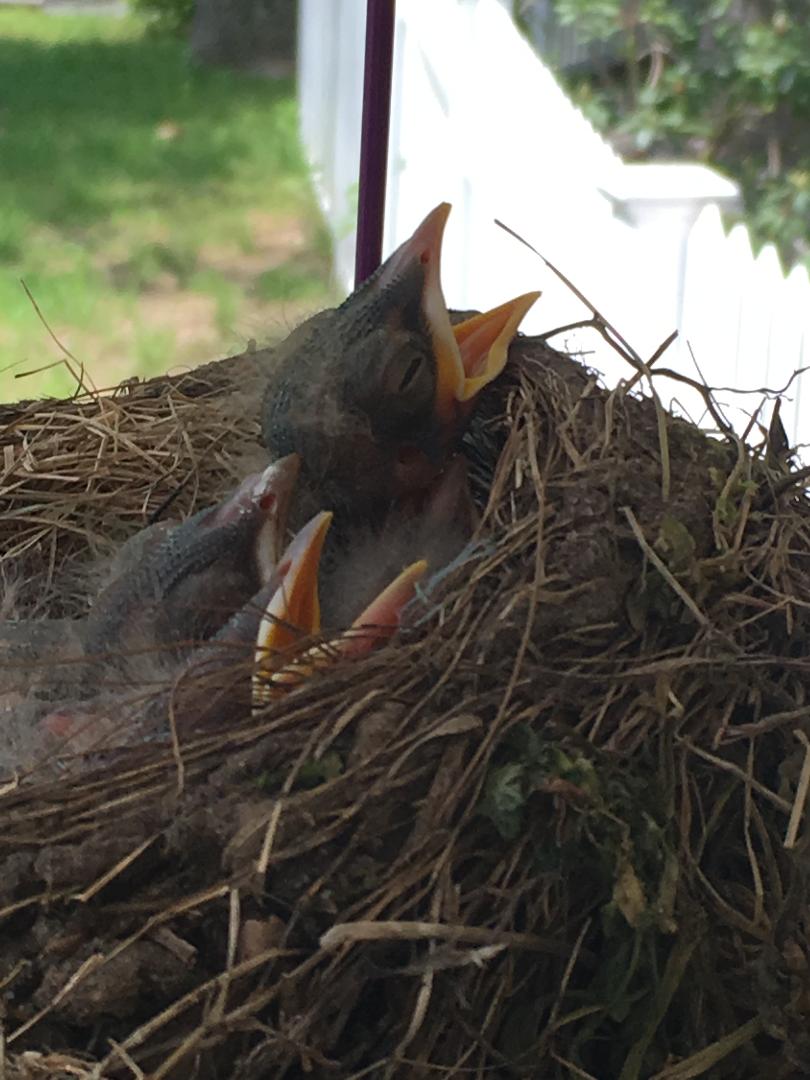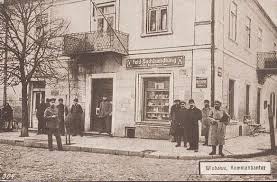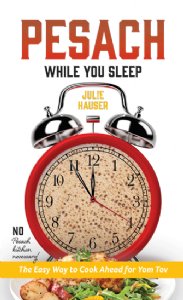Musings through a Bifocal Lens: Smiles

My son and I were up late one night shmoozing. It isn’t often we get to spend time talking about deep and meaningful subjects. I would have stayed up even longer if my drooping eyelids would have agreed.
We spoke softly because of the lateness of the hour, and my son, who is usually running from one thing to the next, sat across from me talking quietly or listening intently, causing my love for him to overflow as I gazed into his warm eyes while adoring his trademark smile.

















